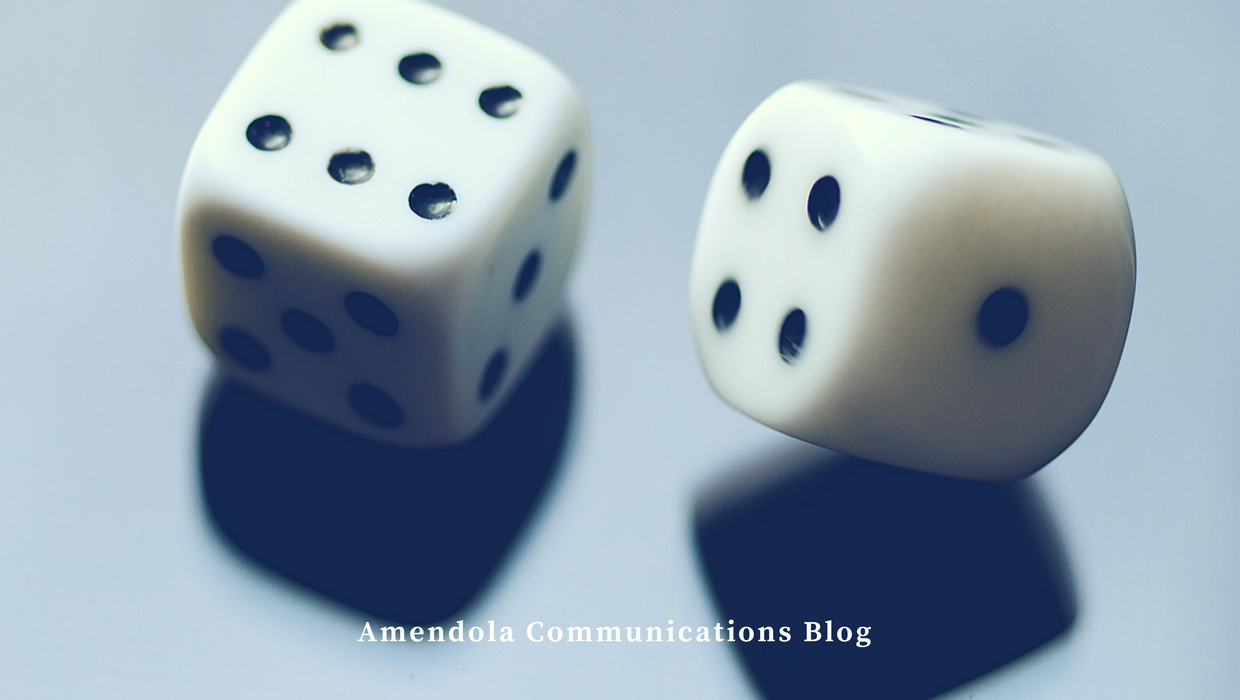As we strive to be better communicators and storytellers, it often helps to get out of our comfort zones and read inspirational literature that can teach us new things. We often find those types of books in classical literature, or from the latest fiction and non-fiction books. Sometimes, “How-to” guides also help.
That happened to me recently when I picked up the book, “A Mind for Numbers: How to Excel at Math and Science (Even if You Flunked Algebra).” You may be asking yourself, “Why would a PR guy be reading a book about math and science?” Isn’t the reason you pursued journalism and then PR in the first place is that you stunk in those other areas?
Well, as it turns out, author Barbara Oakley, Ph.D., did, too. But through a gradual retraining of her brain, she earned a Ph.D. in systems engineering after completing bachelor’s and master’s degrees in Electrical Engineering, and Electrical and Computer Engineering, respectively. She now teaches engineering at Oakland University in Detroit, and is a leading educator in the area of STEM education.
While her book is primarily geared toward helping high school and college students successfully navigate the aforementioned disciplines, it’s ultimately a guide to improving skills and techniques for learning how to learn. And that can be useful for people in any profession, including PR.
Two modes of thinking
For instance, Oakley describes the two modes of thinking: the focused and diffuse.
The focused mode is like the flashlight setting that casts a bright light in a narrow area. It’s a direct approach to solving problems that requires rational, analytic and sequential ways of thinking. When we’re working intently on a project, like writing a white paper or drafting a PR plan/strategy, we use the focused mode of thinking.
But the diffuse mode also plays an important role in those projects. It taps other parts of the brain and is akin to turning your flashlight setting to casting a wider yet less powerful light. As its name suggests, the diffuse mode is wider and big picture. It’s a resting state in our brains. It works quietly in the background and allows us to form new insights. It kicks in when our minds wander, or when we take a break from a focused task to walk, jog, listen to music, sleep or play video games.
Oakley’s point, backed by the hundreds of research studies that inform her book, is that we must maximize both types of thinking to learn and tackle problems.
If we’re working on a specific assignment, it’s important to step away from that work at intervals to allow the diffuse mode to enter the picture. By pursuing a leisure activity or working on some other job assignment, we allow our diffuse mode of thinking to continue working on the first task at hand and lend new insights. The diffuse mode opens up possibilities that we may not have considered in the focused mode and prevents us from believing that only one approach to a project is the single way of accomplishing it.
Taking a better approach
Here are some other practical tips that I gleaned from the book that we can translate to our own profession and help us do our jobs better:
- Avoid procrastination because it prevents the diffuse mode from helping a project or media campaign. While the luxury of time is not always possible in our profession, especially in crisis communication situations, building a timetable of assignments and deadlines, with thoughtful consideration, can help improve the overall response and results.
- Don’t cram to memorize a speech or the big PR plan presentation in one day. Rehearse and study over a series of days and/or weeks. Research shows that we retain the material better, avoid reading the screen verbatim, and make more genuine presentations.
- Avoid reading literature or meeting notes over and over again to learn the material. Instead, use a technique called “pause and recall,” i.e., turn away from the literature and notes after each page or several pages, and describe the concept in one’s own words; that’s the way we build chunks that form strong neural connections in long-term memory.
- Take a 21-minute nap to refresh the brain (but don’t tell the boss). The brain’s neural networks need to be reset from time-to-time, which freshens our outlooks toward problem-solving
- “Lady Luck favors those who try.” Sometimes, we feel downtrodden if a media pitch fails to elicit that desired interview, for example. Perhaps it’s time to let the diffuse mode help; alternatively, we could pick up the phone, be persistent (within reason), and converse with that target reporter directly. In my experience, with professionalism and respect for the journalist on the other end, the odds are good.
As in any learning endeavor, Dr. Oakley’s observation rings true: “The better I got (at math), the more I enjoyed what I was doing. And the more I enjoyed what I was doing, the more time I spent on it.”
